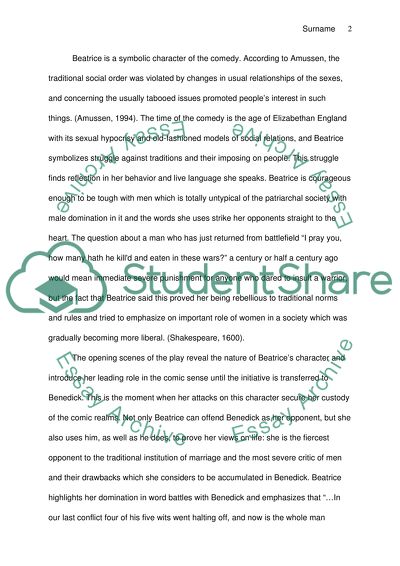Cite this document
(“How far is Beatrice 'in custody of our comic pleasure and to whom Coursework”, n.d.)
How far is Beatrice 'in custody of our comic pleasure and to whom Coursework. Retrieved from https://studentshare.org/literature/1692919-how-far-is-beatrice-aposin-custody-of-our-comic-pleasure-and-to-whom-we-must-attendapos
How far is Beatrice 'in custody of our comic pleasure and to whom Coursework. Retrieved from https://studentshare.org/literature/1692919-how-far-is-beatrice-aposin-custody-of-our-comic-pleasure-and-to-whom-we-must-attendapos
(How Far Is Beatrice 'In Custody of Our Comic Pleasure and to Whom Coursework)
How Far Is Beatrice 'In Custody of Our Comic Pleasure and to Whom Coursework. https://studentshare.org/literature/1692919-how-far-is-beatrice-aposin-custody-of-our-comic-pleasure-and-to-whom-we-must-attendapos.
How Far Is Beatrice 'In Custody of Our Comic Pleasure and to Whom Coursework. https://studentshare.org/literature/1692919-how-far-is-beatrice-aposin-custody-of-our-comic-pleasure-and-to-whom-we-must-attendapos.
“How Far Is Beatrice 'In Custody of Our Comic Pleasure and to Whom Coursework”, n.d. https://studentshare.org/literature/1692919-how-far-is-beatrice-aposin-custody-of-our-comic-pleasure-and-to-whom-we-must-attendapos.


